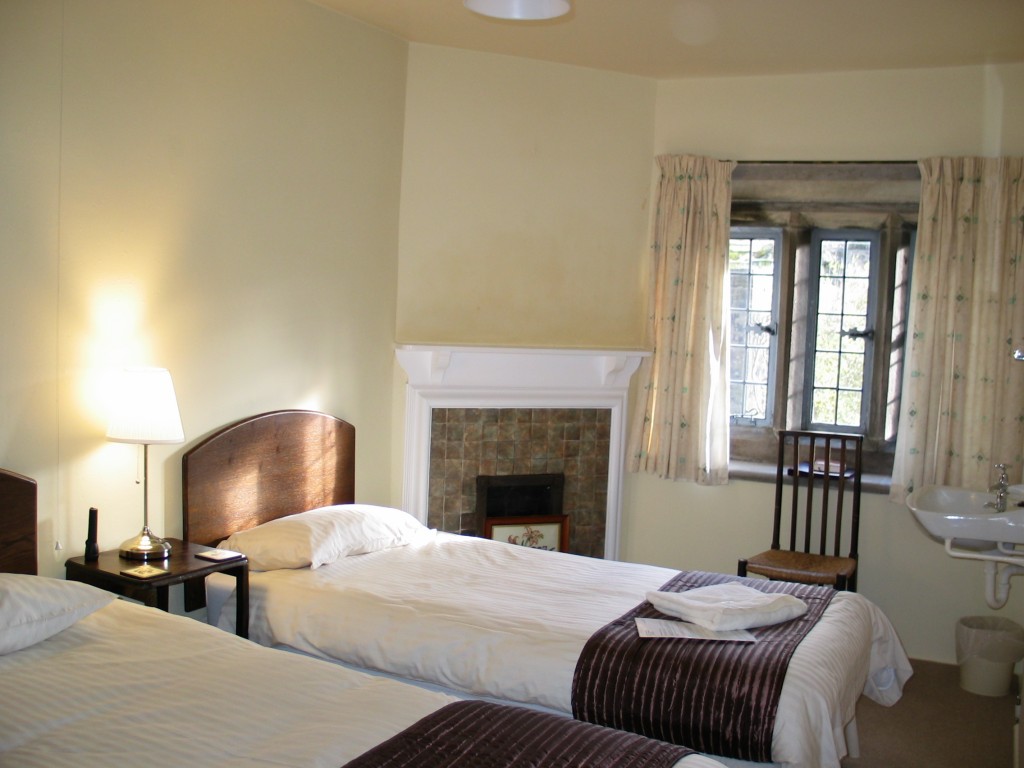The History Of Parcevall Hall
Sir William Milner, the eighth baronet of Nun Appleton, bought the house in 1927 from a Skipton antique dealer, Frank Laycock. Sir William was a godson of Queen Mary and an architect by profession, and he set about restoring it with great skill and vision, preserving its original features.
He reproduced these faithfully when he extended Parcevall, salvaging timbers from 17th-century buildings and employing local master craftsmen to cut and dress the stone, supply suitable leadwork, re-cast plaster mouldings and create the door latches and hinges of the period which are still in place.
He had a passion for plants and a strong aesthetic sense, which he expressed in the design of Parcevall’s gardens, the planting of rare species collected in Western China and Tibet, and in his co-founding of Harlow Carr Gardens near Harrogate.
The work on the Hall took place during the time of the 1920s depression. For local labourers, the generous wages paid by Sir William and the secure employment he provided earned him their gratitude and respect. In her history of the Milner family, Dr Heather Beaumont notes that ‘…Parcevall Hall is probably one of the last country homes to be created by an English Gentleman’.
He was a deeply religious and shy man. He never married, and when he died in 1960 he bequeathed Parcevall Hall to the Guardians of the Shrine of Our Lady of Walsingham, where he was a significant benefactor. The Guardians now manage the estate and gardens, and the Hall itself is leased and run by the Church of England Diocese of Leeds.





